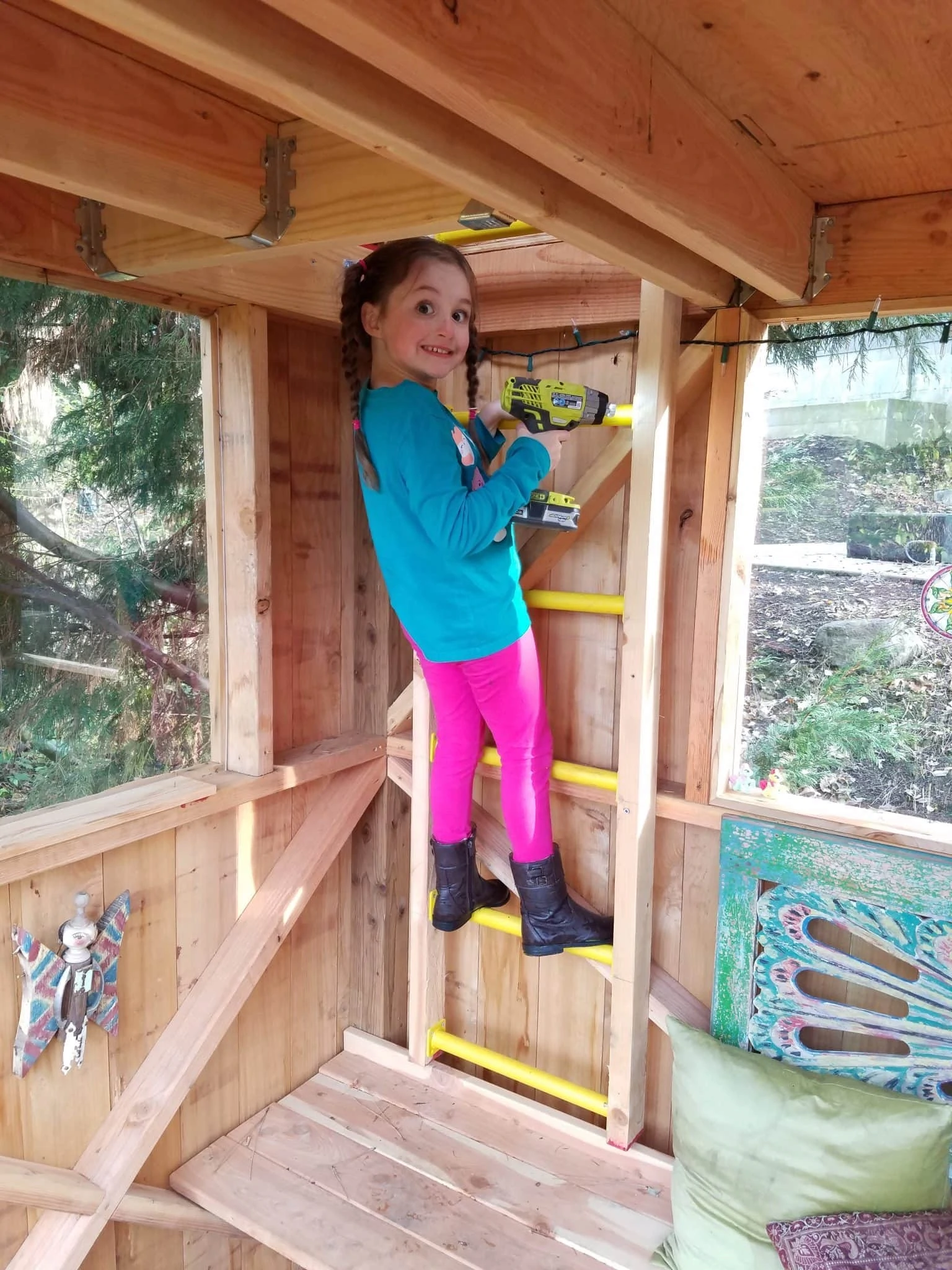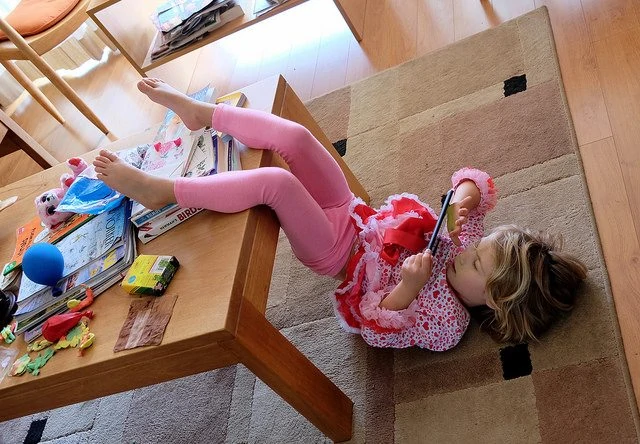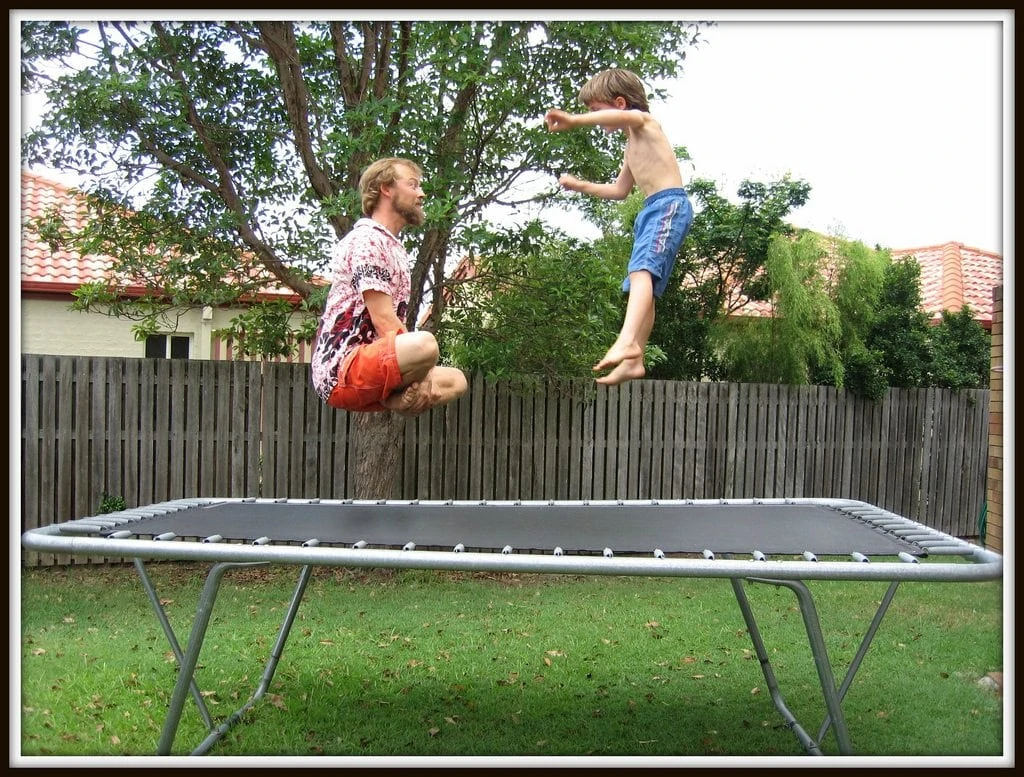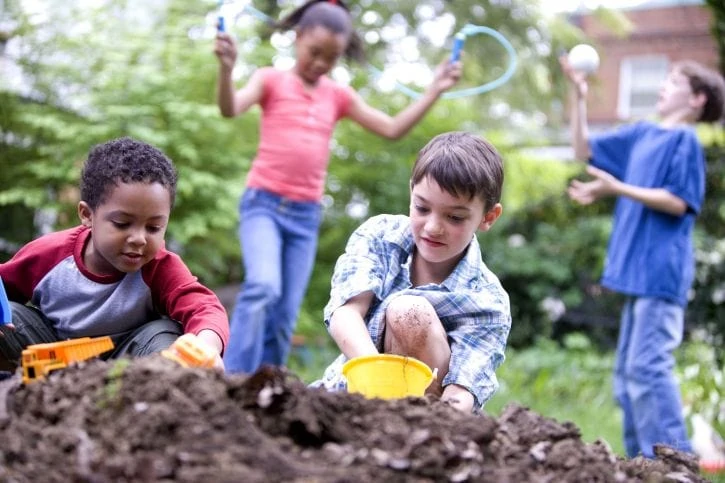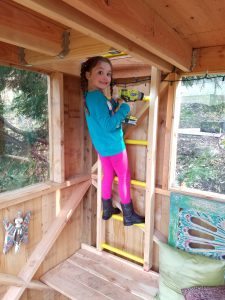
My 6-year old granddaughter’s observation seemed so obvious and true. We had spent the afternoon together, building a ladder for her new treehouse. We used a tape measure and her budding math skills to determine where the rungs would go. We used a saw to cut them. We used a screwdriver and drill to put the ladder together.
As I can attest, tablets are really good babysitters. Kids often seem entranced by them – literally. But they also know the difference between virtual and real. Give them the chance, and they’ll show you that they would rather actively engage with a loving adult than be handed off to an electronic device.
This points to perhaps the most fundamental issue with technology. When uncontrolled, it can steal too much from what children need to grow into physically and emotionally healthy adults: time in nature, play and other physical activity, quality face time with family and friends.
Do the New AAP Media Guidelines Give In?
About a year ago, the American Academy of Pediatrics issued a statement acknowledging that media has become “just another environment.” “Screen time” was becoming “just time.” They considered whether their old guidelines – no screen time under the age of two, two hours a day max for older kids – might be “obsolete.”
Instead of recommending outright bans on screens, it directs doctors to ask parents about ‘family media use,’ to help families develop plans for using media with different guidelines for each child, and to educate parents on the importance of ‘hands-on, unstructured, and social play.’ It allows for video chatting no matter what a child’s age, citing new studies on how the use of FaceTime and Skype with distant relatives can benefit children.
And indeed, there has been some intriguing research suggesting some benefit to interactive media, even for the youngest kids. Yet not all pediatricians are jumping on that bandwagon.
‘There are some preliminary studies — and I emphasize preliminary — that babies as young as six months can learn from prosocial media,’ said Dr. Victor Strasburger, a distinguished professor emeritus of pediatrics at the University of New Mexico School of Medicine and a co-author of the original policy statement, ‘but they learn 20 times better from parents. I think very judicious use of technology for under-2s may be okay, but personally I don’t see the hurry.’
Ensuring Children’s Developmental Needs Are Met
Of course, it’s ultimately our responsibility to manage the screen time of our children or those entrusted to our care – to set limits; to decide how much and what kind of media is permitted and when; to ensure electronic devices don’t detract from our kids’ developmental needs.
And that’s really the gist of the new AAP guidelines. For despite all the headlines focused on toddlers getting the green light on screen time, the organization’s overall message is sensible and sober in our increasingly mediated world:
Multiple developmental and health concerns continue to exist for young children using all forms of digital media to excess. Evidence is sufficient to recommend time limitations on digital media use for children 2 to 5 years to no more than 1 hour per day to allow children ample time to engage in other activities important to their health and development and to establish media viewing habits associated with lower risk of obesity later in life. In addition, encouraging parents to change to educational and prosocial content and engage with their children around technology will allow children to reap the most benefit from what they view.
As digital technologies become more ubiquitous, pediatric providers must guide parents not only on the duration and content of media their child uses, but also on (1) creating unplugged spaces and times in their homes, because devices can now be taken anywhere; (2) the ability of new technologies to be used in social and creative ways; and (3) the importance of not displacing sleep, exercise, play, reading aloud, and social interactions.
That last point, to us, is paramount. And we add to that list “time outdoors.”
Adventures Make Memories
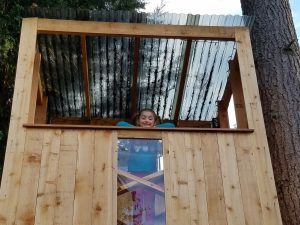
Now, one of Anna’s and my favorite things to do is to “camp out” overnight in our new treehouse, listening to the crickets and night animals, and looking up at the stars through the translucent roof as I read her favorite bedtime story aloud by our headlights.
Having helped build together is an accomplishment that she is proud of and a shared memory that neither of us will forget.

